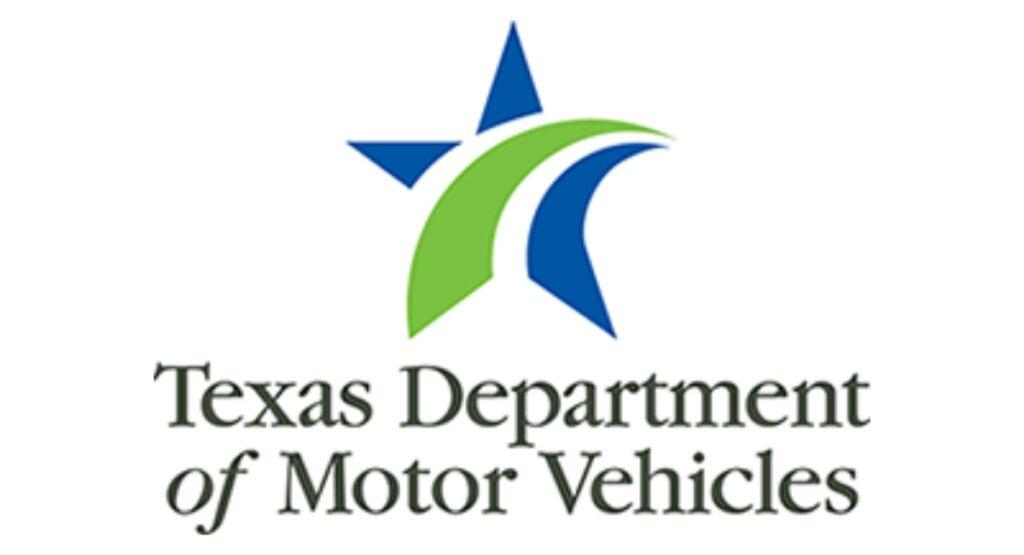Texas Certificate of Title

Information from the title will be used to complete the Application for Texas Title and/or Registration, also called the 130-U. Each of the following pieces of information are included on the application form, so it’s important you understand each one.
The 130-U or Application for Texas Title and/or Registration
- VIN: A 17-character combination of letters and numbers unique to each vehicle. This applies only to vehicles model year 1981 or newer.
- Year Model: This is the model year for the vehicle, but not necessarily the year the vehicle was built.
- Make: This will tell you the manufacturer of the vehicle, but only four letters of the name are used.
- Body style: Only two numbers and/or letters are used to describe the body style of the vehicle.
- Document number: This is a 17-digit number that denotes information about the title transaction, and it’s generated when a title application is processed by the County Tax Assessor-Collector’s office in the Registration and Title System. Older titles will only show an 8-digit number.
- Model: A three-digit code is used to indicate the model of the vehicle.
- Weight: The number listed here is the empty weight of the vehicle.
- License Number: This is the plate number issued at the time of transfer. Plate numbers change, so this will not necessarily be current.
- Previous Owner: This area displays the name, city and state of the last owner.
- Odometer Reading: This shows the mileage of the vehicle at the time of the last sale.
- Date Title Issued: This is the date the title was printed by TxDMV.
- Owner: This is the name and address of the registered owner. Address information is not necessarily current.
- Date of Lien: This is the date the owner established a contract with the lienholder.
- First Lienholder: This area displays the name and address of the lienholder. The first lienholder holds all rights to the vehicle until the terms of the contract have been met.
- Second and Third Lienholder: This area is rarely populated on a title because their rights are limited. If the owner defaults to the first lienholder, the second and third will lose their claim to the vehicle.
- Release of Lien: This is where the lienholder will release their rights to the vehicle. If a lienholder is listed and not released, you will need additional documentation to complete the title transfer.
- Remarks: The remarks section, also referred to as brands, provides useful information about the vehicle. Some example notations include:
Actual mileage: True mileage at the time of sale.
Not actual: The odometer reading is known to be other than the true mileage for the vehicle.
Rebuilt-Salvage: The vehicle was previously branded “salvage” but was rebuilt to road worthiness.
Reconstructed: The vehicle has been permanently altered by removing, adding or substituting major components.
Flood damage: Loss has occurred due to being in a flood or otherwise submerged.
Rights of Survivorship: This remark indicates co-ownership. When present, all parties who initiated the rights of survivorship agreement must act jointly to transfer the vehicle. If any of the parties named in the agreement are deceased, the certificate of title and a copy of the death certificate must accompany the title application.
